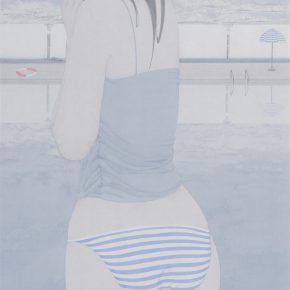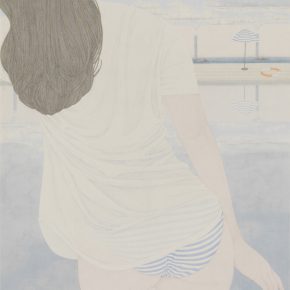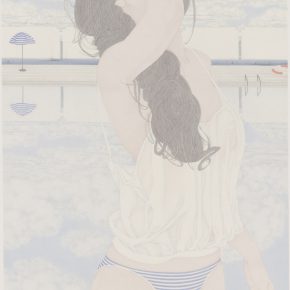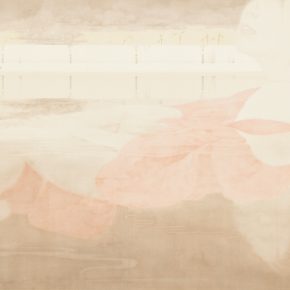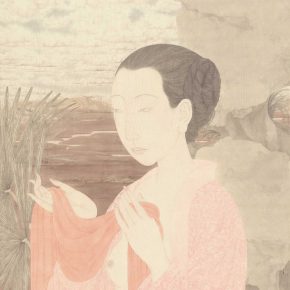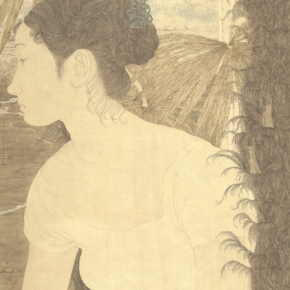
The painting expression of Gongbi is considered the oldest way of depicting the world in China and it was a form of painting about the prosperity during the Tang and Song dynasties, but Gongbi was unknown in the Yuan Dynasty, when literati painting and freehand painting became the mainstream painting. Since the 20th century, especially when Pan Qiezi proposed the slogan of “rejuvenation of Gongbi”, combining Gongbi with the concept, material and techniques of modern painting, appearing as features of Gongbi with a variety of themes and forms, until today, Gongbi is still a hot spot and focus. On August 12, 2017, Gao Qian and Zhang Jian’s dual solo exhibitions “Hua Jian Ji” and “Jian Wei Ji” opened at the National Art Museum of China, where the two well-known contemporary Gongbi painters showcased their works together, and also a new schema of Gongbi growth at present.
The dual solo exhibitions are one of the “Cultural Inheritance ? Power of Painting – Chinese National Academy of Arts Young Artists Series of Exhibitions”, among “Hua Jian Ji” features more than 30 works included in 15 groups created in the last 10 years, “Jian Wei Ji” displays more than 20 important works by Zhang Jian since the mid-1990s. The works by the two artists are presented and alternatively displayed in the exhibition hall, forming a secret inner logic, to get a sense of appearance of the contemporary Gongbi.
“Hua Jian Ji” is a libretto of the wooden fish song that was popular in Guangdong in the late Ming and early Qing Dynasties, which is a beautiful and moving story of love, and also a long narrative poem with a literary value, and it influenced the creation of Goethe’s poetry. A lady pours out her feelings on being lovesick in her room, and the fragrance of flowers connects the lovers’ souls, the artist Gao Qian combined the literary mood with her own sentiment on life which turns into the image of a paintings, depicting the subtle links between flowers, butterflies and emotion, lingering with delicate and gentle sincerities. In addition to showcasing the work of “Hua Jian Ji”, it also features the “Luxury Game”, “Daydream”, “Yu Jiao Zhi”, “Visiting the Immortal Cave”, “Like a Dream”, etc. These works have a simple and beautiful taste during ancient times, while high-heeled shoes and Chanel perfume pull our thoughts back to the current situation. Gao Qian focuses on “artistic synaesthesia” in the practice of Gongbi, while the use of images conveys the smell is one of her methods. Artist Xu Lei also thinks that these things depict the things on mourning the body, directing it all to an absent body, and it gradually cools when the fireworks disappear at the moment, “she” ultimately dies in the lampshade of memory, which is like the flying moth that darts into the fire.
Zhang Jian’s solo exhibition is entitled “Jian Wei Ji”, which is the name of “from the first small beginnings one can see how things will develop”, and it seems to be the tip of the creative methodology, through careful observation one can see the implied truth reflected in the small things, which can be summarized as the philosophical essence of Gongbi from ancient times. If Gao Qian’s work uses a variety of boudoir items to create an absent body, Zhang Jian’s painting is directly directed to an attendant body, through the use of contemporary female images that appear in the majority of his works. The exhibition also forms the explorative course of Zhang Jian’s personal style of painting. Before and after 2000, he spliced the Renaissance schema with the Chinese Gongbi, presenting a slightly absurd aesthetic interest, and then integrated the image of Margaret’s pipe in the screen, so that the screen has the possibility of an iconographical interpretation, which is both of visual and offers a textual reading, and then the art begins to return to the context of Chinese classical culture which creates a series of works with a Chinese face. Seeing the paintings by Zhang Jian, one can see both a contemporary romantic story and the possibility of developing images which are associated with a variety cultures.
Gao Qian and Zhang Jian can be called the representatives of contemporary new Gongbi, Gao Qian’s painting is the understanding of the debris of life, Zhang Jian’s Gongbi is also the product of the reactivation of contemporary fresh blood, although it has a new concept of expression, they are both closely linked with Gongbi. On the basis of grasping the essence of traditional culture, the combination of traditional and contemporary images do not produce a conflict in Gao Qian’s paintings, and form a new delicate and graceful style. Zhang Jian frankly stated that it did not need to rigidly adhere to the “small tradition”, which was like a person’s appearance, while the big tradition was the ethnic cultural gene and contemporary Gongbi should consciously break with the small traditions and activate the big traditions.
The exhibition remains on view till August 20.
Photo and text by Zhang Wenzhi, translated by Chen Peihua and edited by Sue/CAFA ART INFO


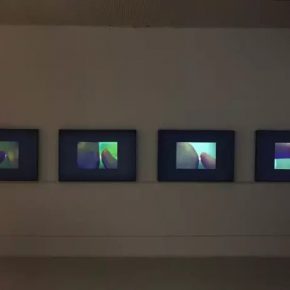
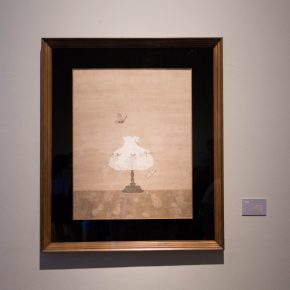
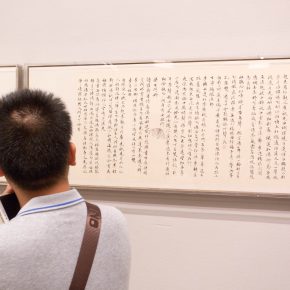
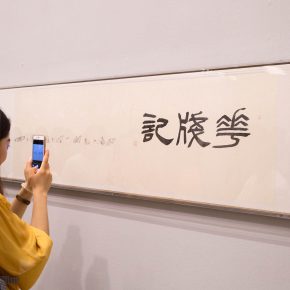
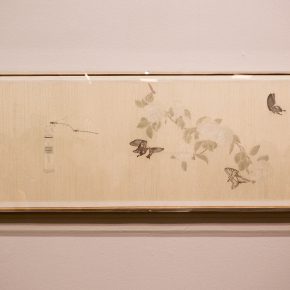
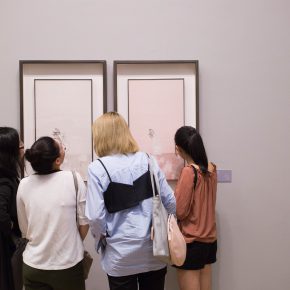

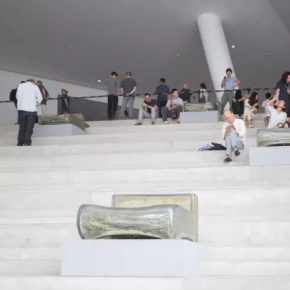
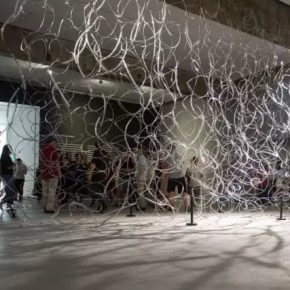
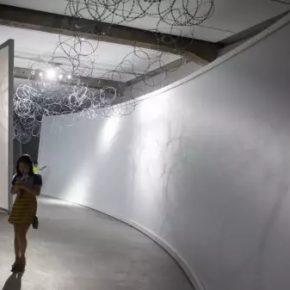
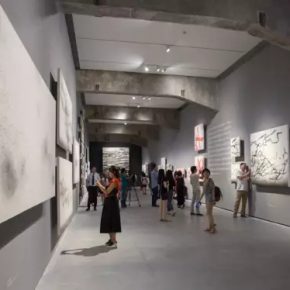
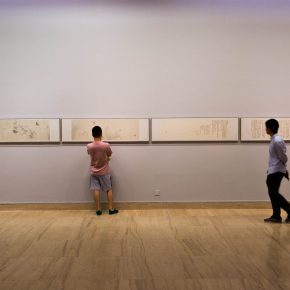
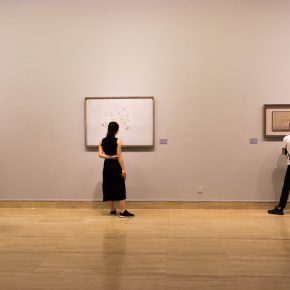
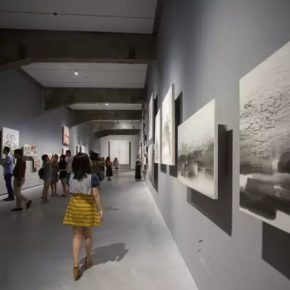

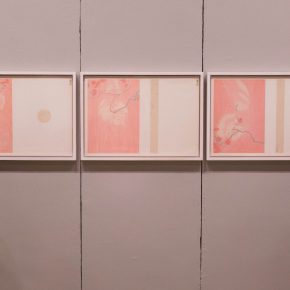
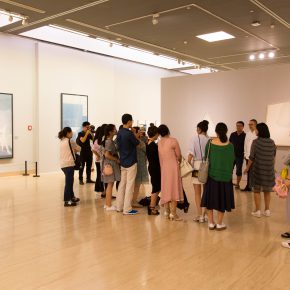
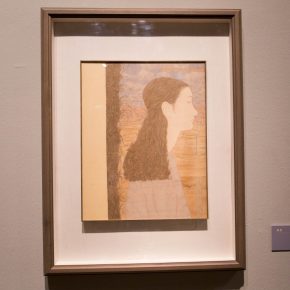
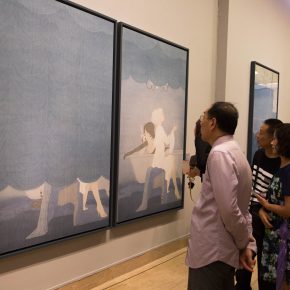
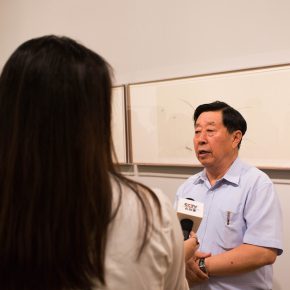
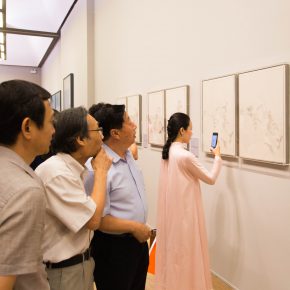

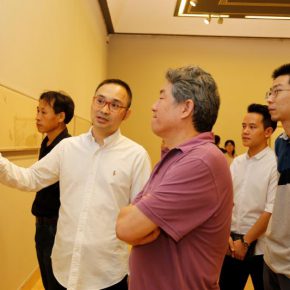
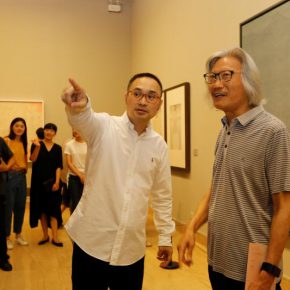
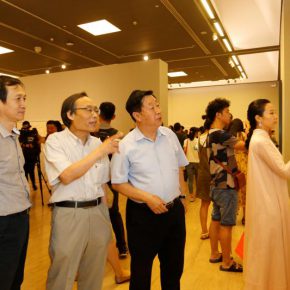

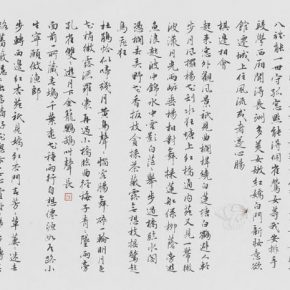
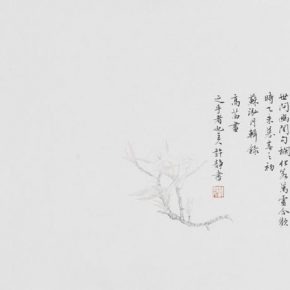
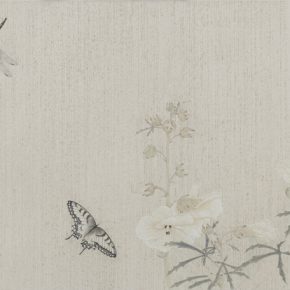
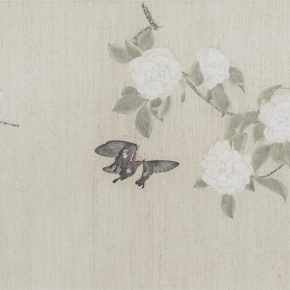
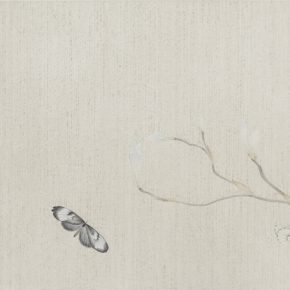
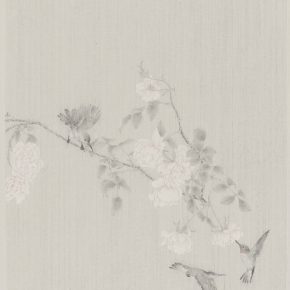
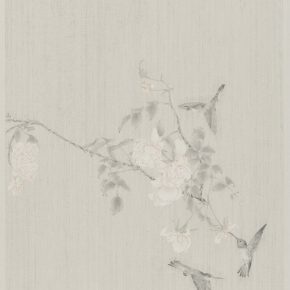
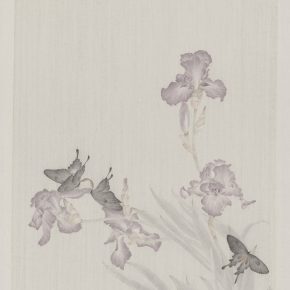
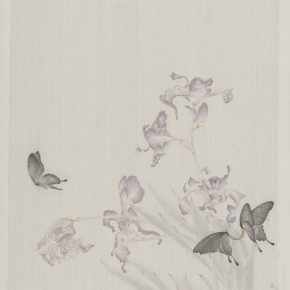

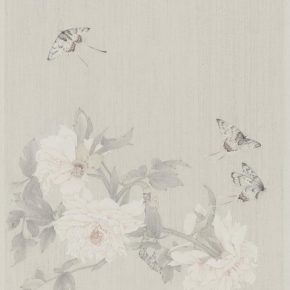
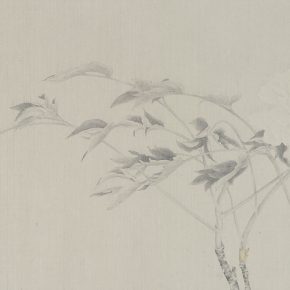
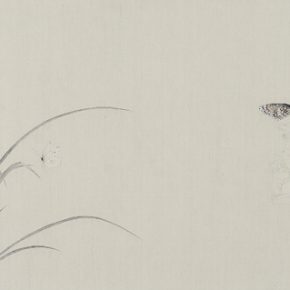
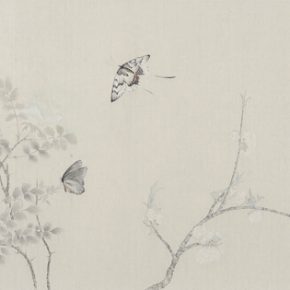
cm-2017-290x290.jpg)






